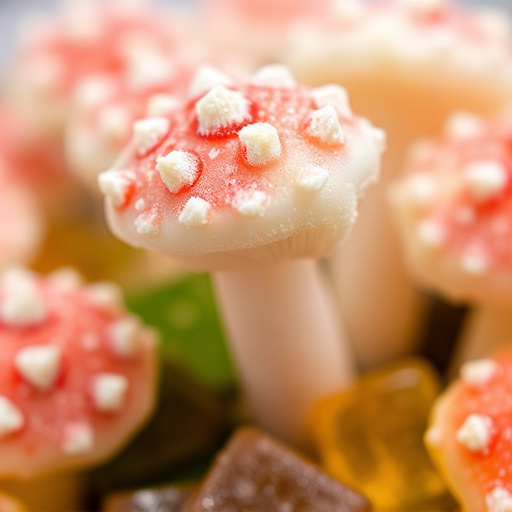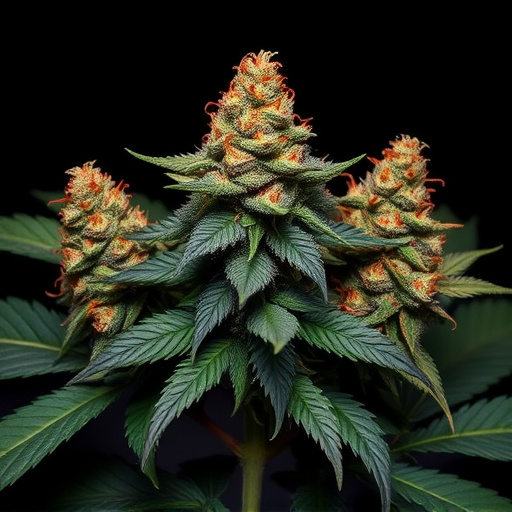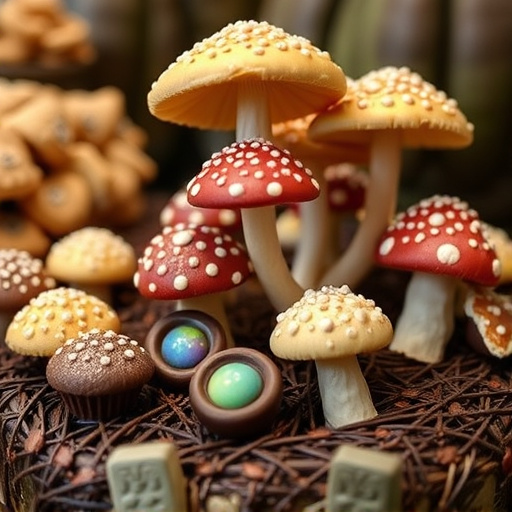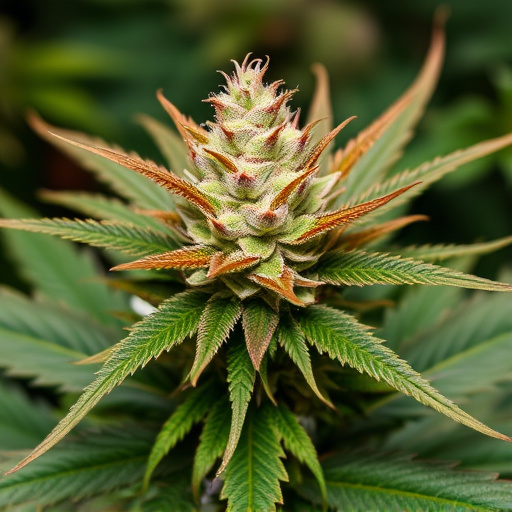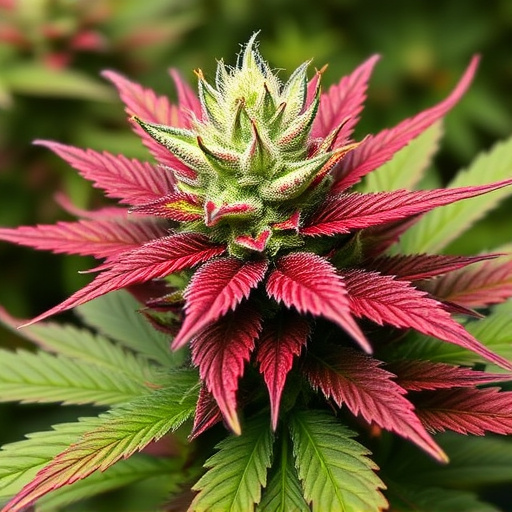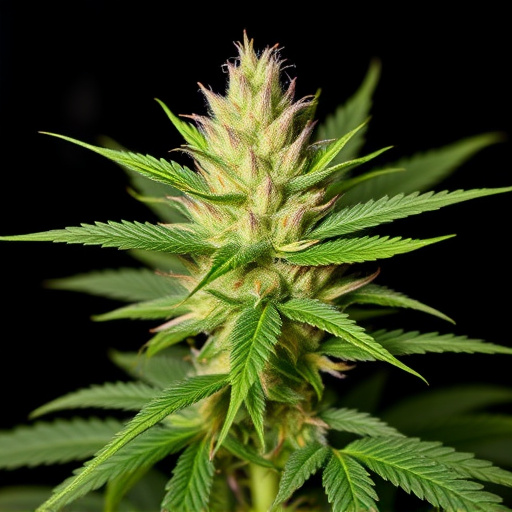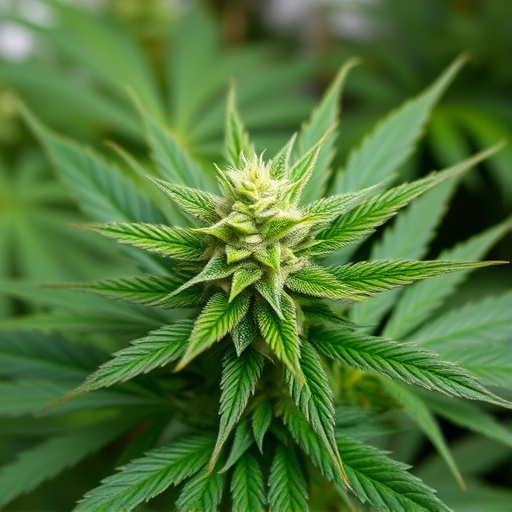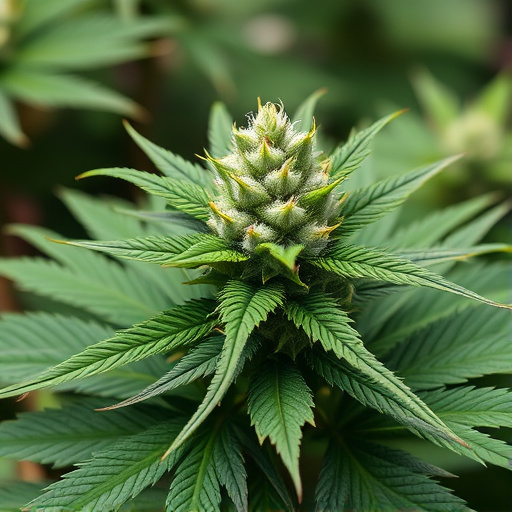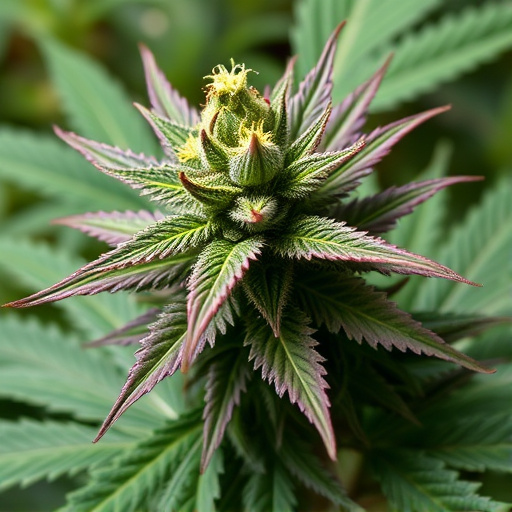The potency of Hawaiian cannabis strains, characterized by vibrant colors ranging from deep greens to rich purples, is significantly influenced by their unique terpene profiles and cannabinoid ratios. Research suggests darker shades may indicate higher resin content and potent THC levels. These visual cues make color a useful guide for consumers seeking optimal experiences, with Hawaiian strains renowned globally for their remarkable potency and tropical aesthetics.
Discover how color goes beyond aesthetics in the world of cannabis. This article explores the intriguing question: does color affect potency? We delve into the science behind color perception in cannabis flowers and uncover fascinating insights from Hawaiian cannabis strains, renowned for their vibrant hues and potent profiles. Unravel the secrets of nature’s colorful tapestry and learn why color might just be a key factor in unlocking cannabis’s full potential.
- Understanding Cannabis Potency and Its Relationship with Color
- The Science Behind Color Perception in Cannabis Flowers
- Exploring Hawaiian Cannabis Strains: A Colorful Journey to High Potency
Understanding Cannabis Potency and Its Relationship with Color
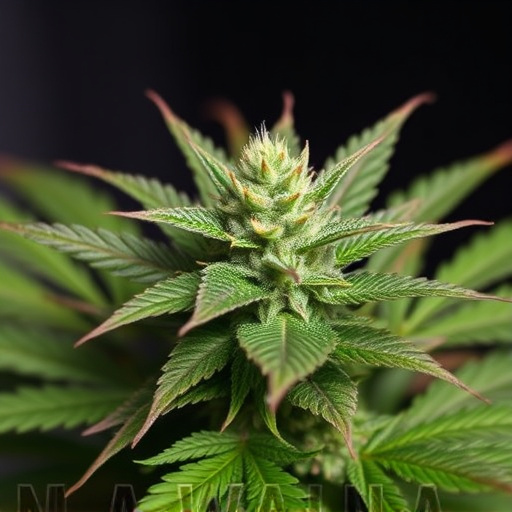
Cannabis potency refers to the concentration of THC (tetrahydrocannabinol), the primary psychoactive compound responsible for its effects. Understanding potency is crucial when it comes to consumer choice and ensuring a safe, enjoyable experience. While color alone doesn’t determine potency, it can provide valuable clues about a strain’s composition, especially in the case of Hawaiian cannabis strains known for their vibrant hues.
In the world of cannabis, different colors often correlate with varying terpene profiles and cannabinoid ratios, which indirectly influence potency. For instance, rich, bright colors like vivid green or intense purple might suggest a higher concentration of specific terpenes linked to enhanced psychoactive effects. Hawaiian strains, renowned for their striking appearance, offer an intriguing example where visual appeal seems to align with potent offerings, making color a useful guide for consumers seeking optimal cannabis experiences.
The Science Behind Color Perception in Cannabis Flowers

The human eye perceives color through a complex interaction between light, the eye’s photoreceptors, and the brain’s interpretation. In the case of cannabis flowers, the vibrant hues we see are not just aesthetically pleasing but also provide valuable insights into the plant’s chemical composition. The science behind color perception in these delicate blooms is intriguing. Each cannabis strain exhibits unique pigments, ranging from deep greens to vivid purples and reddish oranges, all of which contribute to the overall visual appeal and can offer clues about its potential potency and desired effects.
Research suggests that specific colors in Hawaiian cannabis strains, renowned for their diverse and potent profiles, may correlate with varying concentrations of cannabinoids like THC and CBD. For instance, darker shades might indicate a higher concentration of resins, which are known to contain these compounds. This connection between color and chemical makeup has sparked curiosity among cultivators and enthusiasts alike, leading to further exploration of how these visual attributes can influence the cannabis experience.
Exploring Hawaiian Cannabis Strains: A Colorful Journey to High Potency
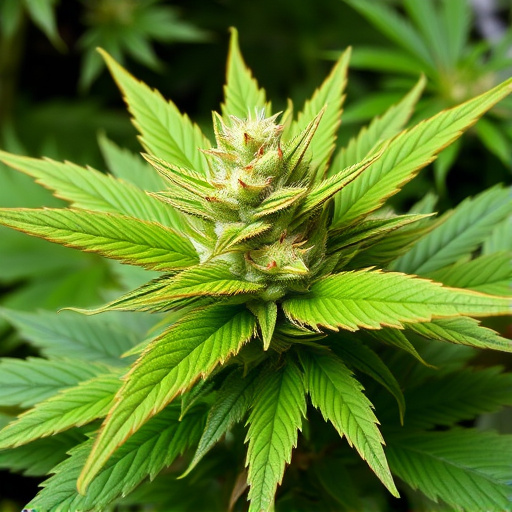
Hawaiian cannabis strains have captivated cultivators and enthusiasts worldwide, not just for their lush, tropical aesthetics but also for their remarkable potency. The vibrant hues of these plants, ranging from deep greens to rich purples, hint at a diverse chemical profile that promises unique experiences. Research suggests that the colors in cannabis can indeed provide valuable clues about its cannabinoid content and terpene makeup, both of which play significant roles in determining potency and the overall effect on consumers.
In Hawaii, where the climate fosters slow growth and ideal conditions, these colorful strains have developed distinct characteristics. The island environment contributes to a higher concentration of terpenes, the aromatic compounds responsible for giving cannabis its diverse flavors and potential therapeutic benefits. Additionally, the natural sunlight and rich soil enhance the plant’s ability to absorb essential nutrients, leading to increased cannabinoid production. As a result, Hawaiian cannabis strains often boast impressive levels of THC, CBD, and other cannabinoids, making them some of the most potent varieties available.
In exploring the relationship between color and cannabis potency, particularly through the lens of Hawaiian cannabis strains, it’s evident that more research is needed. While color can provide valuable visual cues about a strain’s potential aroma, flavor, and effects, it does not inherently determine its potency. The intricate interplay of cannabinoids and terpenes within each plant continues to be the primary driver of its strength. However, understanding color nuances can enhance our overall experience with cannabis, guiding us towards strains that align with our desired outcomes. Further study on this subject could unlock new insights into the complex world of cannabis chemistry, benefiting both consumers and cultivators alike.




